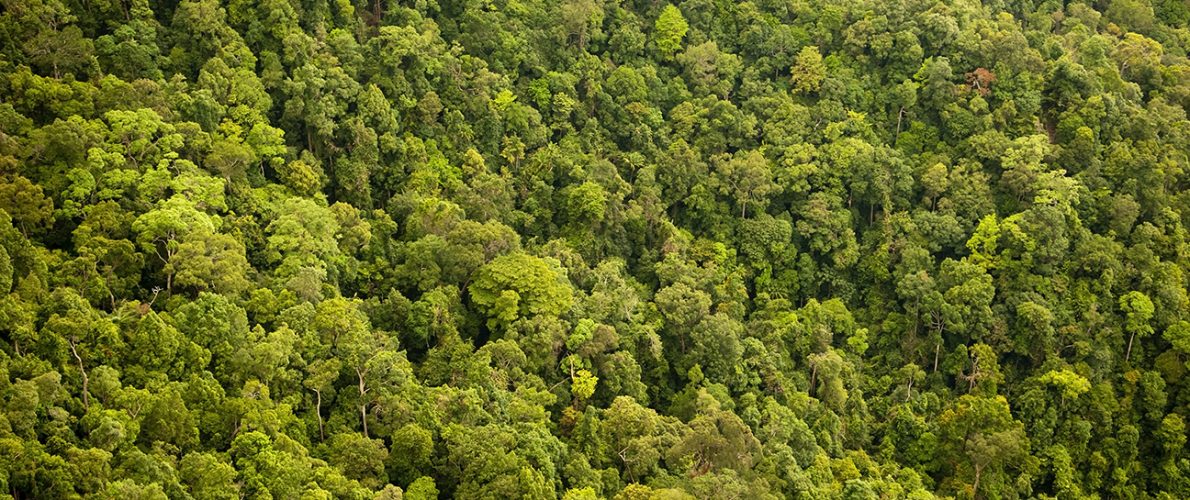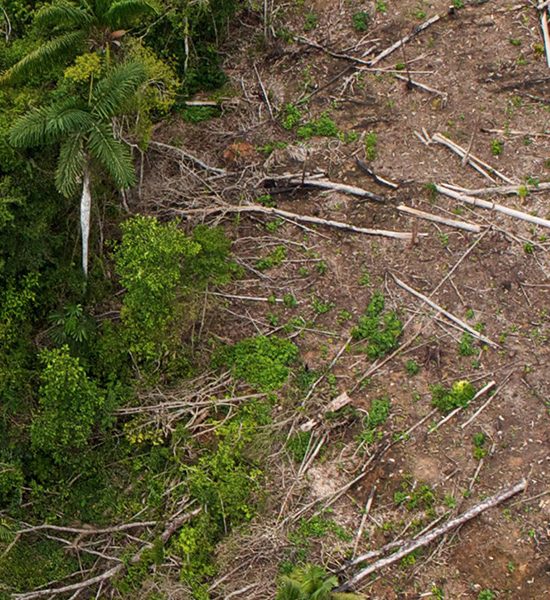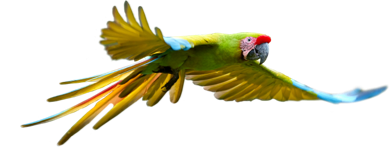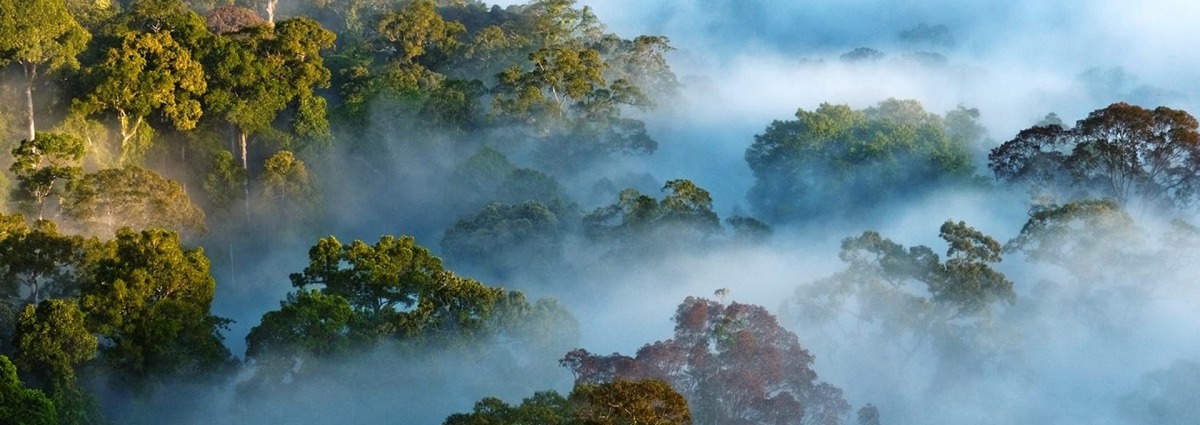
Save a Carbon Rich Swamp Forest for Bonobos
Support More Work Like ThisSupport More Work Like ThisEndangered Bonobos are only found in the Democratic Republic of the Congo (DRC), home to Africa’s largest expanse of tropical rainforest.
-
Species at Risk
Bonobo (EN) African Forest Elephant (CR), Slender Snouted Crocodile (CR), White-bellied Pangolin (EN), Grey Parrot (EN)
-
Carbon stored
32,572,780*
*(metric tons of CO2 equivalents) -
Partner
Les Amis des Bonobos du Congo (ABC)
-
80,000 Proposed Acres Conserved by
Designation
-
Project Cost: $1,151,319

80,000
Endangered Bonobos are only found in the Democratic Republic of the Congo (DRC), home to Africa’s largest expanse of tropical rainforest.
-
Species at Risk
Bonobo (EN) African Forest Elephant (CR), Slender Snouted Crocodile (CR), White-bellied Pangolin (EN), Grey Parrot (EN)
-
Carbon stored
32,572,780*
*(metric tons of CO2 equivalents) -
Partner
Les Amis des Bonobos du Congo (ABC)
-
80,000 Proposed Acres Conserved by
Designation
-
Project Cost: £834,289

80,000
Save a carbon rich swamp forest for Bonobos
The forests here are some of the oldest and most biodiverse in the world and they have been storing carbon for millenia. Unfortunately, the wealth of species is matched by rich mineral deposits and other natural resources that have been the sought-after prize throughout decades of civil unrest.
Only 14% of DRC’s land is under formal protection—leaving millions of acres of rainforest and resident wildlife species vulnerable to poaching, habitat degradation and loss, and industrial extraction of the region’s wealth of resources.
Rainforest Trust and our partner, Les Amis des Bonobos du Congo (ABC), are on the front lines of conservation in the DRC to save great apes and other imperiled species. In 2019, we established the 117,412-acre Ekolo ya Bonobo Community Reserve to ensure long-term protection for wild Bonobos, and provide a safe place where orphaned and rehabilitated Bonobos are reintroduced back to their natural habitat.
We now have the opportunity to secure an additional 80,000 acres of strategically located swamp forest habitat for the Bonobos directly adjacent to the first reserve. This will expand the size of the entire reserve to 197,412 acres, an area the size of New York City.
Only
of DRC's land is under formal protection—leaving millions of acres of rainforest and resident wildlife species vulnerable to poaching, habitat degradation and loss, and industrial extraction of the region’s wealth of resources.
Explore the DRC

Members of partner organization, Les Amis des Bonobos du Congo (ABC), monitor reserve. Photo by ABC.

The Endangered Giant Ground Pangolin, courtesy Oregon State University

The Endangered Bonobo reintroduced to Ekolo ya Bonobo Community Reserve. Photo by Les Amis des Bonobos du Congo (ABC)

The Endangered African Grey Parrot, by Henner Damke/shutterstock

Critically Endangered Forest Elephants, by Gudkov Andrey/shutterstock
Save swamp forests and peatlands for threatened species
The Ekolo ya Bonobo Community Reserve lies at the northwestern edge of Central Africa’s largest expanse of forest and wetlands, the Cuvette Centrale, bounded by the arc of the Congo River.
It is a rare and unique landscape that includes swamp forests and peatlands that harbour a wealth of species—and it is one of the most carbon-rich ecosystems on Earth. The reserve keeps over 32.5 million metric tons of carbon equivalents locked up, comparable to the emissions of burning over 75 million barrels of oil.
Resident species include Giant Ground Pangolin (EN), White-bellied Pangolin (EN), Grey Parrot (EN), Leopard (VU) and two of the DRC’s four crocodile species. In addition, the diversity of flora includes at least 209 plant species from 61 families, including several tree species with high carbon-sequestration properties.
Help local people protect and manage threatened wildlife
This expansion will leverage decades of progress working with local communities to manage the original Ekolo ya Bonobo Community Reserve for endangered species while building strong, formalized relationships that have community self-governance at their core. Anti-poaching patrols, recruited from neighboring communities, will be expanded, trained, equipped, and granted the legal right to prosecute poachers.
Together, community teams and our partner will develop sustainable income streams from ecotourism, educating visitors about the challenges facing protected Bonobos and the other species living in this unique swamp forest and riverine habitat at the heart of the Congo.




We Value Transparency.
Conservation work is critical, challenging, and can be costly. We work hard to ensure we raise only the funds needed for each project. In the rare case we raise more money than needed or a project comes in under budget, excess monies will be transferred to the Conservation Action Fund. This fund supports our important conservation work throughout the tropics.
Learn more about the Conservation Action FundLearn more about the Conservation Action FundProtect Forest Elephants and Lowland Gorillas of Africa’s Biodiversity Hotspot


Partnering to Save Rainforest
Our partners’ ability to work with their governments and build strong connections with local communities ensures the successful implementation of our projects.
Learn More About This PartnerLearn More About This Partner
